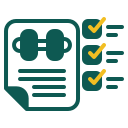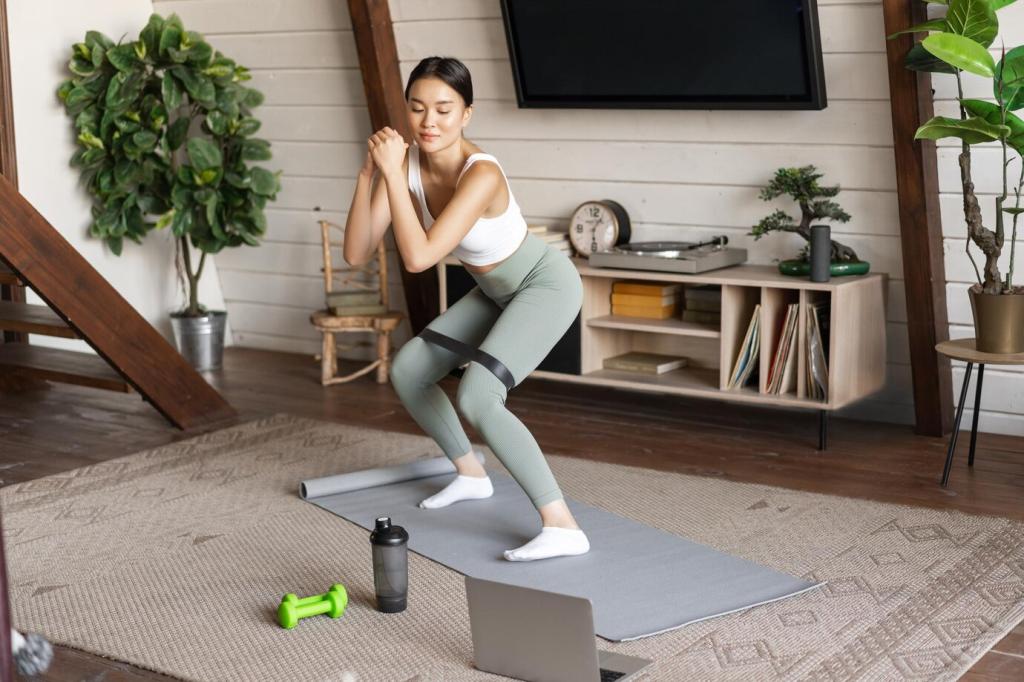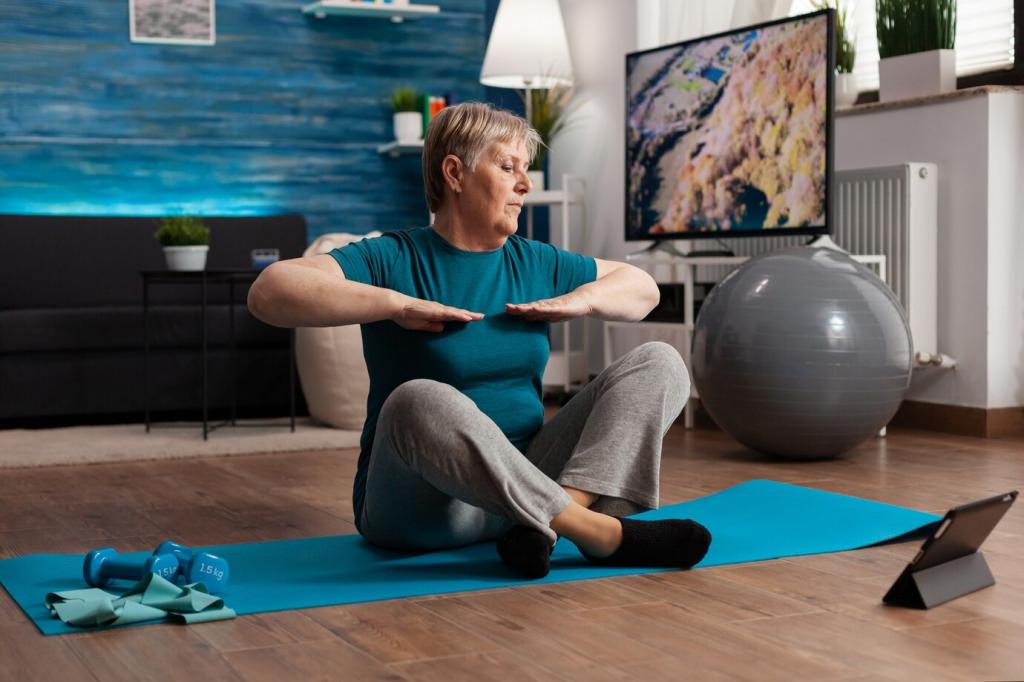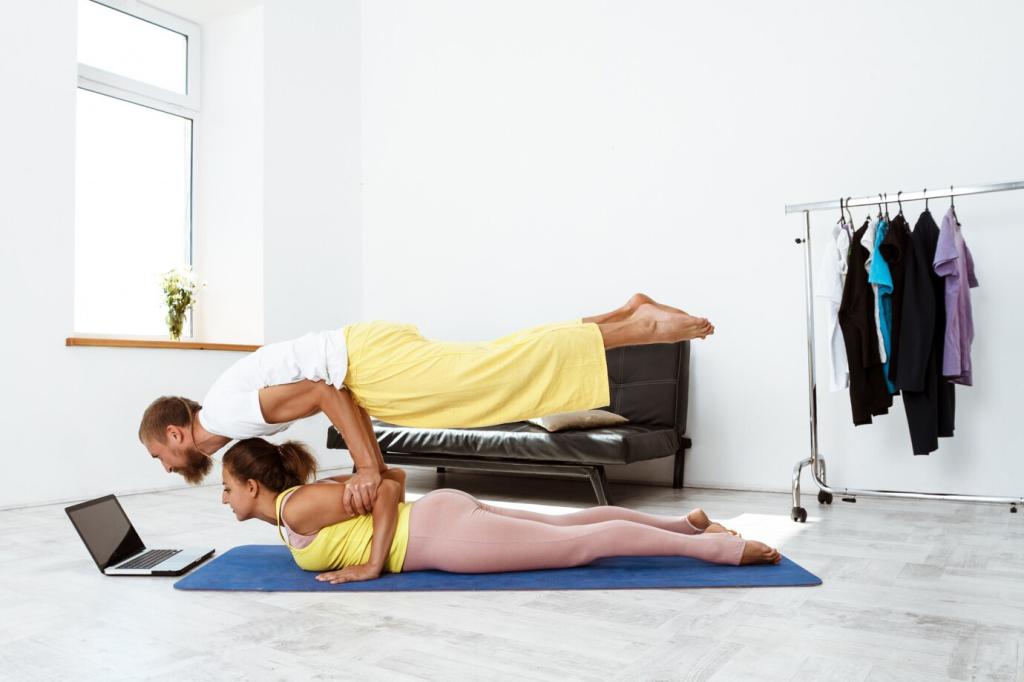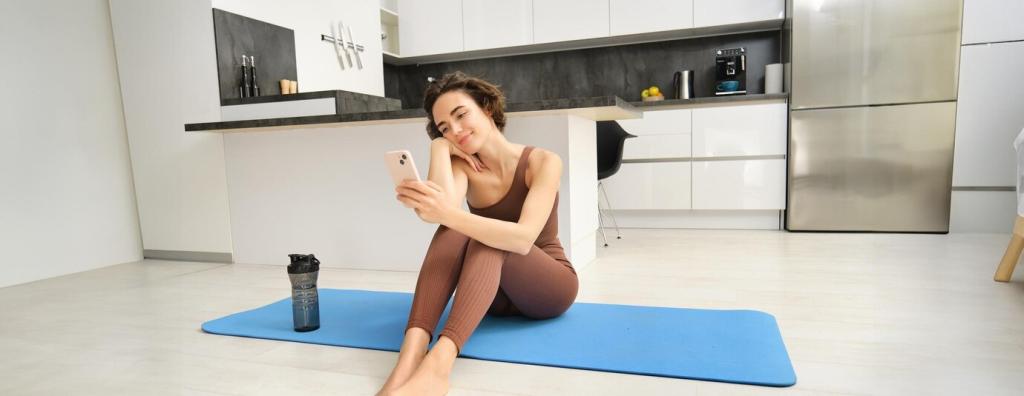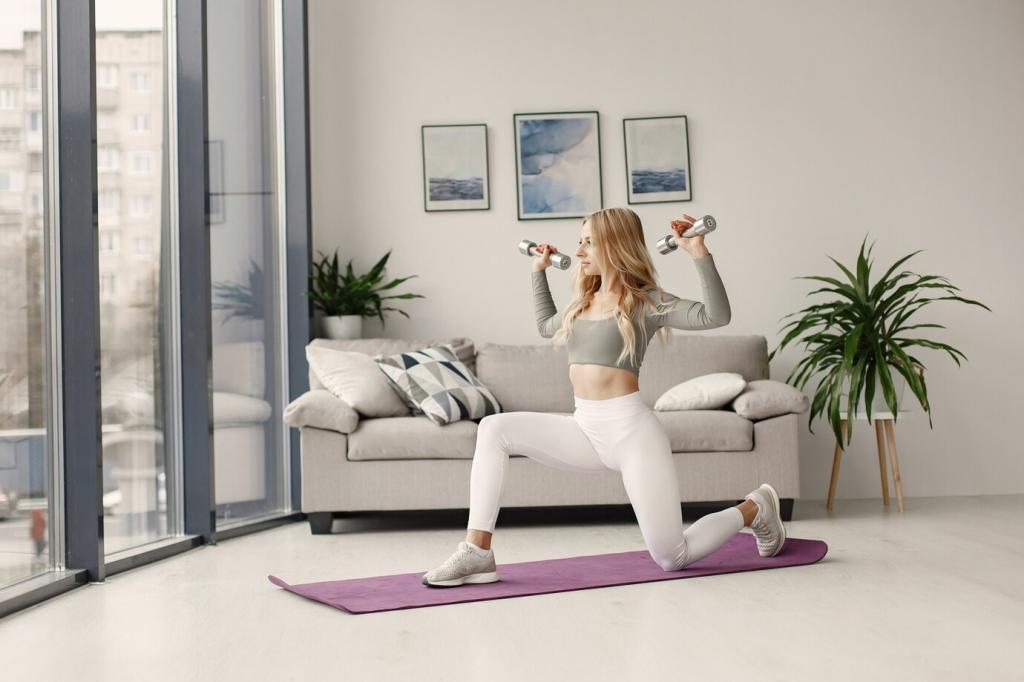Community, Tracking, and Staying Inspired
Post your rep PRs, setup photos, or form checks. Ask for feedback and offer encouragement to others building strength in tight spaces. Comment below and invite a friend to join; accountability turns home training from solitary to surprisingly social.
Community, Tracking, and Staying Inspired
Track sets, reps, tempo, and reps in reserve. Note sleep quality and how each session felt. Seeing trends beats guessing and keeps progress steady when life gets messy. Subscribe for a simple weekly tracker template and prompts that make logging effortless.
Community, Tracking, and Staying Inspired
In my tiny studio, a mat, two bands, and a door anchor built more strength than a neglected gym membership ever did. The secret was consistency and clever progressions. Share your story and let’s build a library of practical at-home strength victories together.
